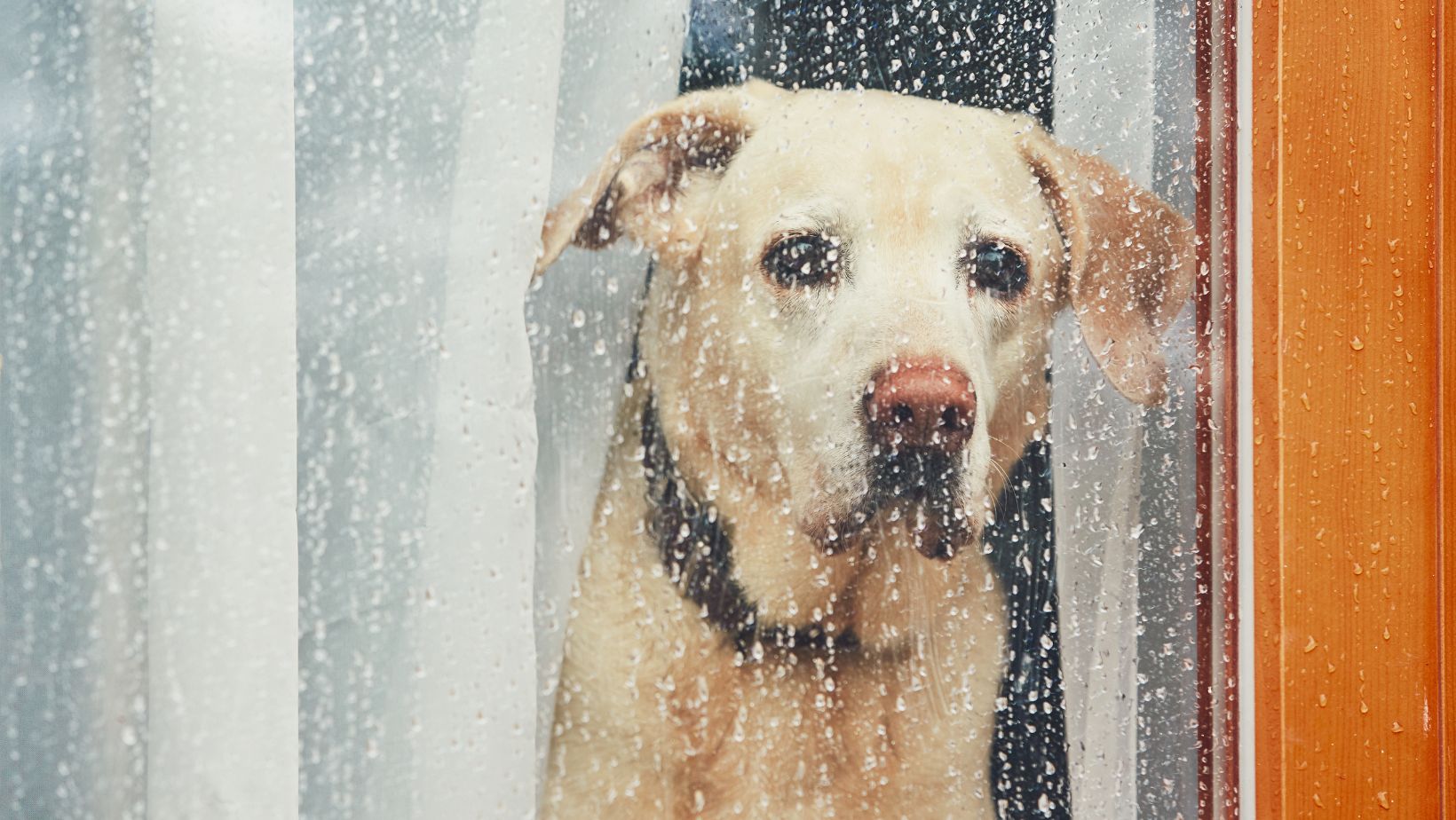Teaching a dog to stay home alone is an essential skill that every pet owner should prioritize. It not only ensures the safety and well-being of your furry friend but also provides peace of mind, knowing that they are comfortable and content when left alone. In this article, I’ll discuss the importance of training your dog to stay home alone and provide practical tips on how to accomplish this.
Leaving your dog unattended for extended periods can be stressful for both you and your pet. Separation anxiety can lead to destructive behavior, excessive barking, or even self-harm. By teaching your dog how to stay home alone, you can help them develop independence and confidence while preventing these unwanted behaviors.
How To Train Dog to Stay Home Alone
The Benefits of Teaching Your Dog to Stay Home Alone
Teaching your dog to stay home alone is not only important for their well-being, but it also has numerous benefits for both you and your furry friend. Here are some key reasons why investing time and effort into this training is worth it:
- Reduced Separation Anxiety: By gradually teaching your dog to feel comfortable being alone, you can help them overcome separation anxiety. Separation anxiety is a common issue among dogs and can lead to destructive behavior, excessive barking, and even self-harm when left alone. By providing them with the necessary tools to cope with solitude, you’ll help alleviate their anxiety and create a more harmonious living environment.
- Improved Independence: Training your dog to stay home alone fosters independence and resilience. Dogs that are overly dependent on their owners may struggle when left alone for any period of time. However, by gradually increasing the duration of solo time while ensuring they have enough mental stimulation and physical exercise, you’ll empower them to become more self-sufficient.
- Enhanced Safety: When dogs are left unsupervised without proper training or boundaries, they may engage in destructive behaviors such as chewing furniture or household items, which could harm them or pose a safety risk. Teaching your dog how to behave appropriately when alone helps prevent accidents and keeps them safe from potential dangers around the house.
Building Independence in Your Dog
Building independence in dogs requires patience, consistency, and positive reinforcement techniques. Here are some strategies that can help develop their ability to stay home alone:
- Gradual Introductions: Start by leaving your dog alone for short periods of time while ensuring they have a safe space with toys or puzzles that will keep them mentally engaged.
- Positive Reinforcement: Reward your dog whenever it exhibits calm behavior when left alone. This could be through treats, verbal praise, or a favorite toy.
- Desensitization: Gradually increase the duration of time your dog spends alone to help them become accustomed to being without constant human presence. Practice leaving and returning multiple times during each session to reinforce the idea that you will always come back.

Creating a Safe and Comfortable Environment for Your Dog
Creating a Comfortable Space for Your Dog
When it comes to teaching your dog to stay home alone, creating a comfortable space is essential. Providing your furry friend with their own designated area can help them feel secure and at ease when you’re not around. Here are some tips to create a cozy environment for your dog:
- Choose the right location: Select a quiet, low-traffic area in your home where your pup can relax without distractions. This could be a spare room, a corner in the living room, or even an appropriately sized crate.
- Make it cozy: Fill their space with soft bedding or blankets that offer warmth and comfort. Consider adding familiar scents like an old t-shirt or their favorite toy to provide an extra sense of security.
- Provide entertainment: Keep boredom at bay by including interactive toys or puzzle feeders that can keep your dog mentally stimulated during their alone time. This will help prevent destructive behaviors caused by anxiety or restlessness.
In conclusion, teaching our dogs how to stay home alone is vital for their well-being as well as maintaining a harmonious household. It helps prevent separation anxiety, fosters independence, and curbs destructive behaviors.